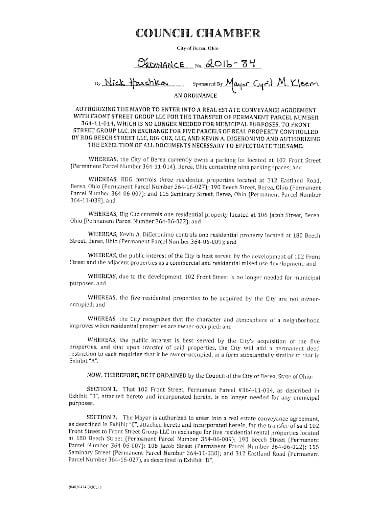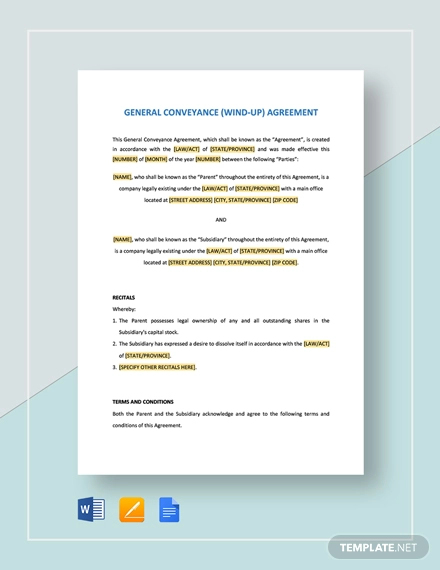

It is not when the deed is recorded on the public record, but rather when we close on the transaction. Finally, delivery and acceptance of the deed are what transfers title. And if two people were to co-own property, we would need both their signatures to have a valid transfer take place. So, we simply need the grantor’s signature on the deed. The grantee never signs the deed because the grantee or buyer receives the deed. Typically, a legal description is used.Īlso, the grantor must sign the deed. either in restrictive covenants or reverter or forfeiture clauses. Another item needed would be a property description. (3) All reverter provisions in any conveyance of real estate or any interest therein. Proper wording would be something like, “I the seller, hereby convey and warrant this property to the buyer.” That would be sufficient words of conveyance. Also, in a deed, we need to have what's called the granting clause, which would be words of conveyance or transfer.

It is usually money, but it could be anything of value, whether it be property, livestock, the discharge of debt, the performance of services, or anything else of value. Consideration is simply something of value. Another requirement will be consideration.

The grantee simply needs to be clearly identified in the deed itself. We also need the grantee, the receiver of the deed, or the buyer. The grantor must be of legal age and of sound mind. The first thing we need is to have a grantor or the seller. In order to have a valid deed, there are several requirements.


 0 kommentar(er)
0 kommentar(er)
